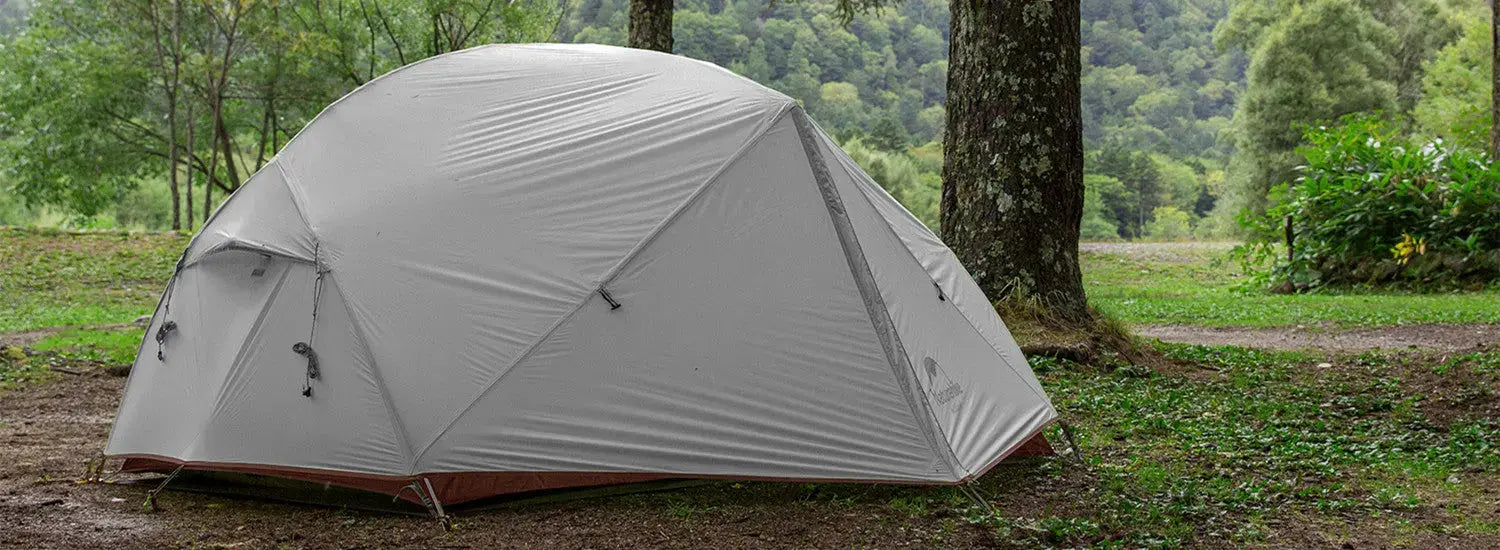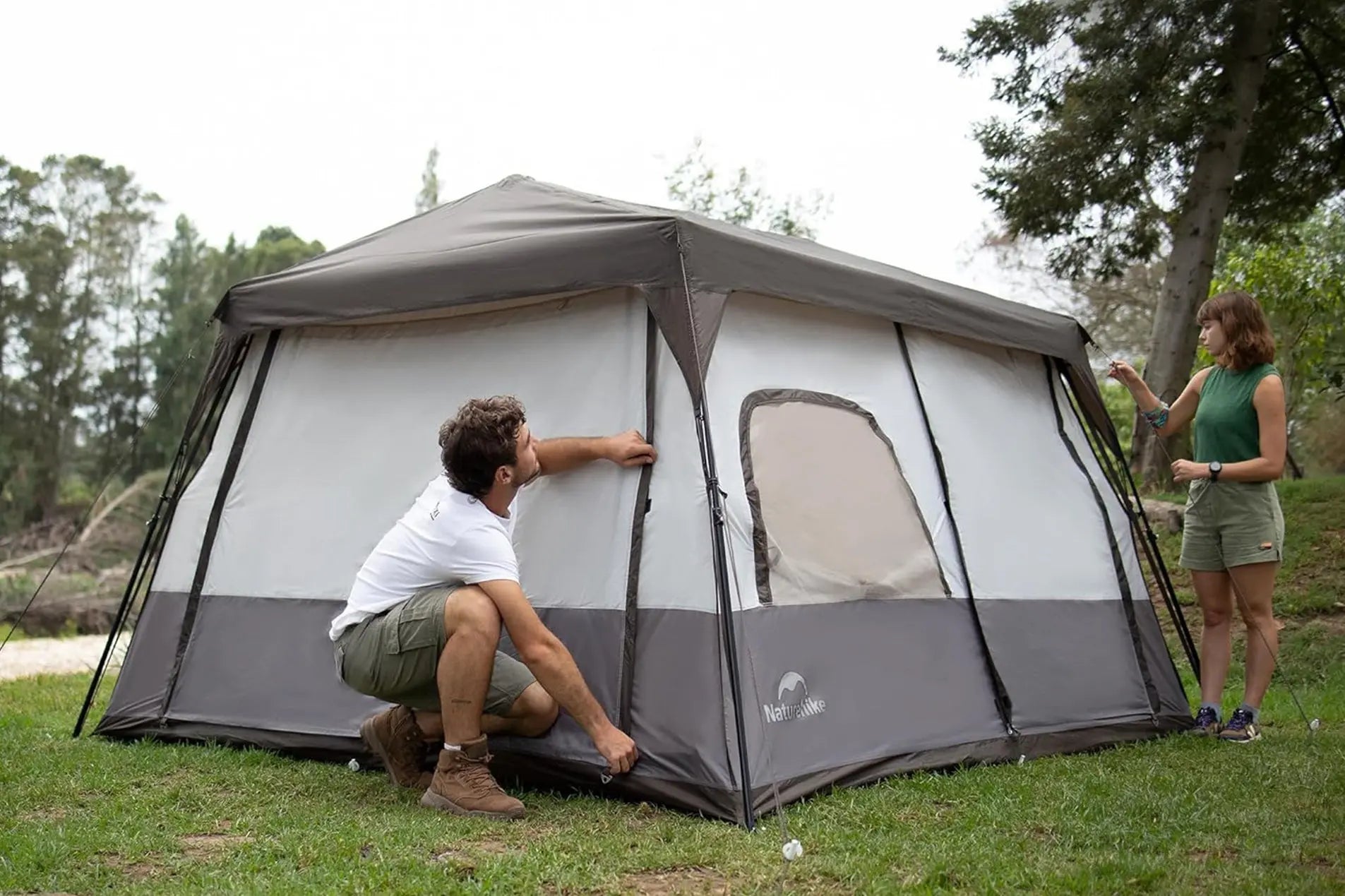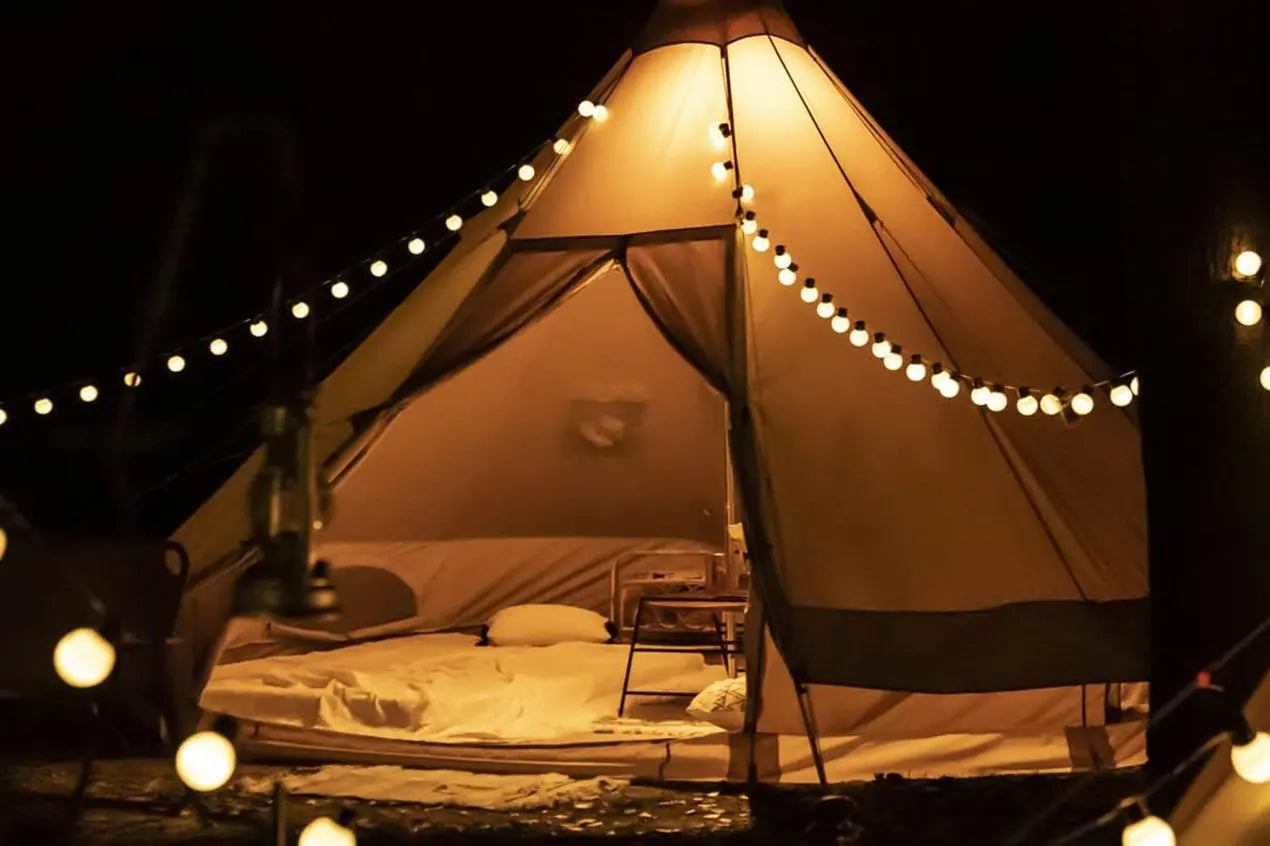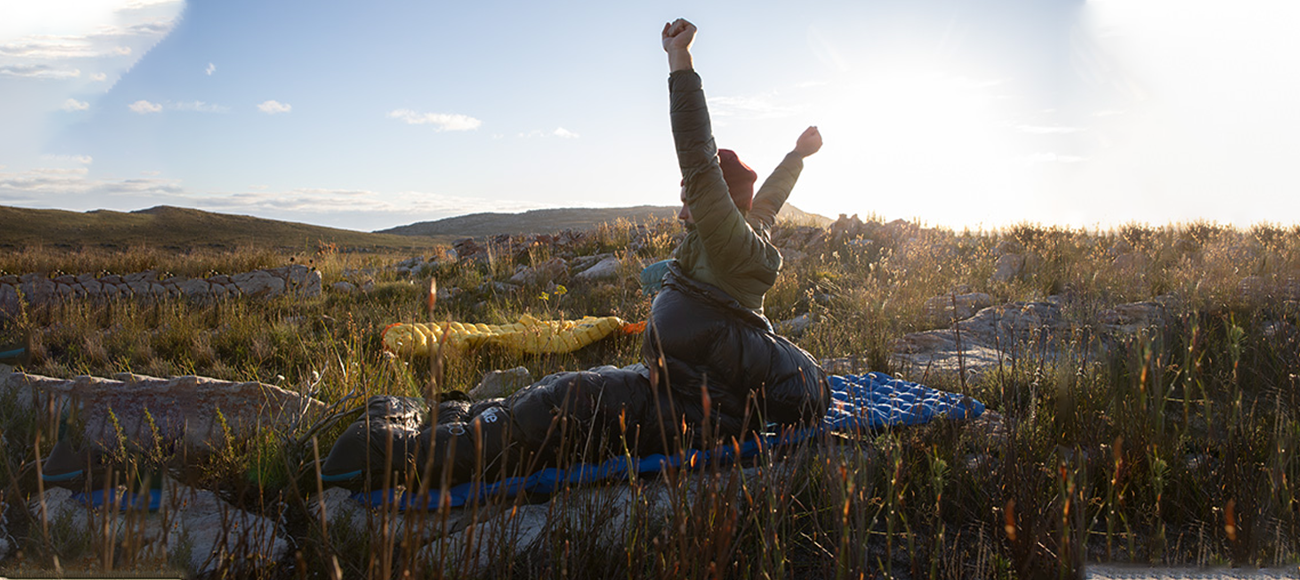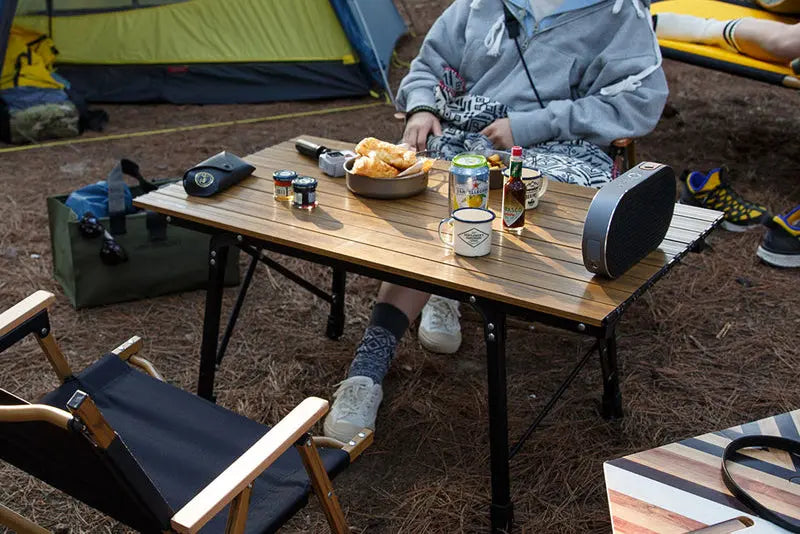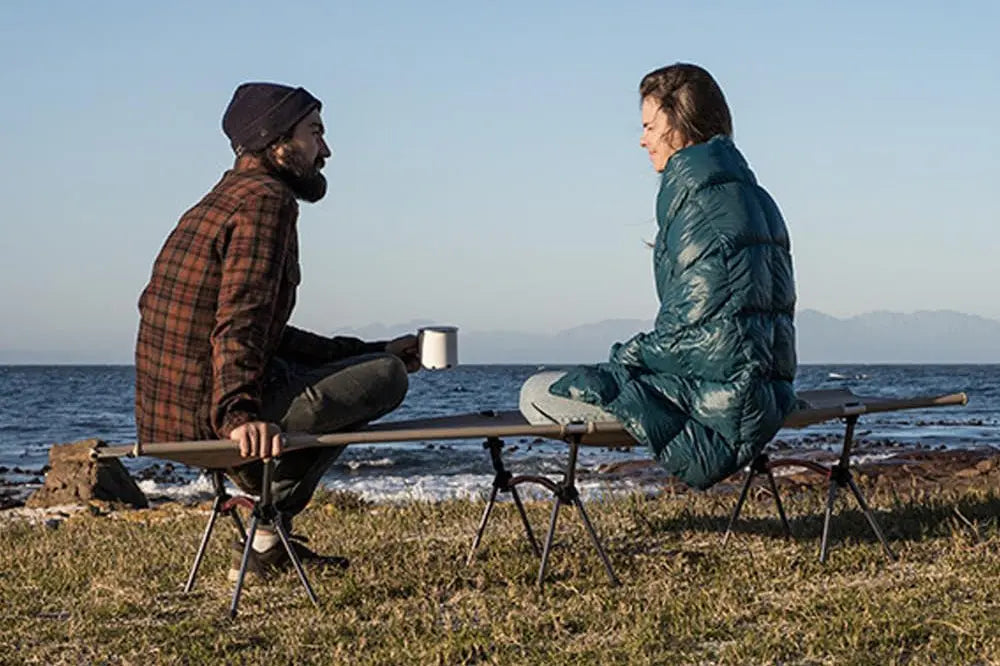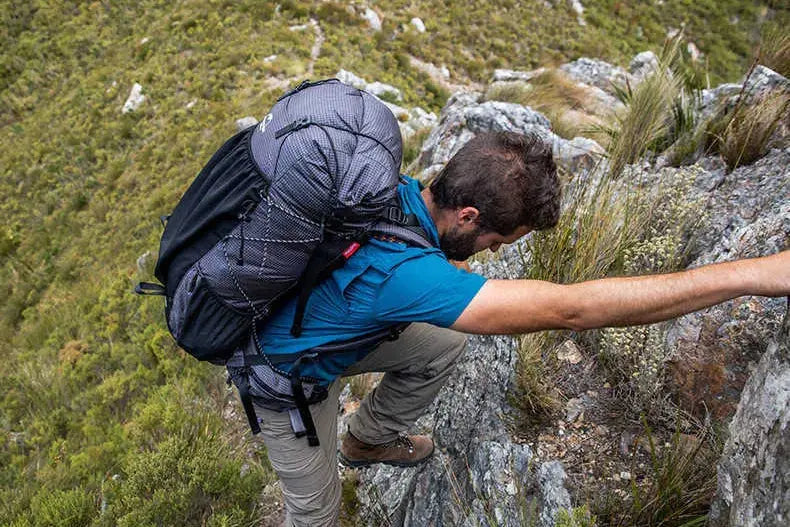
CAPACITY
Material
Waterproof Index
Weight
Tent size
Storage size


Adjustable Waterproof Cap

Secure Inner Tent Hook

Convenient Storage Net Bag

Durable Two-Way Zipper
Relax in the Canyon Pop-Up Camping Tent with Travel Cot Combination


Spacious and Ventilated Canyon Pop-Up Camping Tent
Embrace the Outdoors with Naturehike
Naturehike products are crafted with precision and durability, trusted by outdoor enthusiasts worldwide. Enjoy unparalleled quality and comfort on every adventure.

Breathable Fabrics

Robust and Durable



